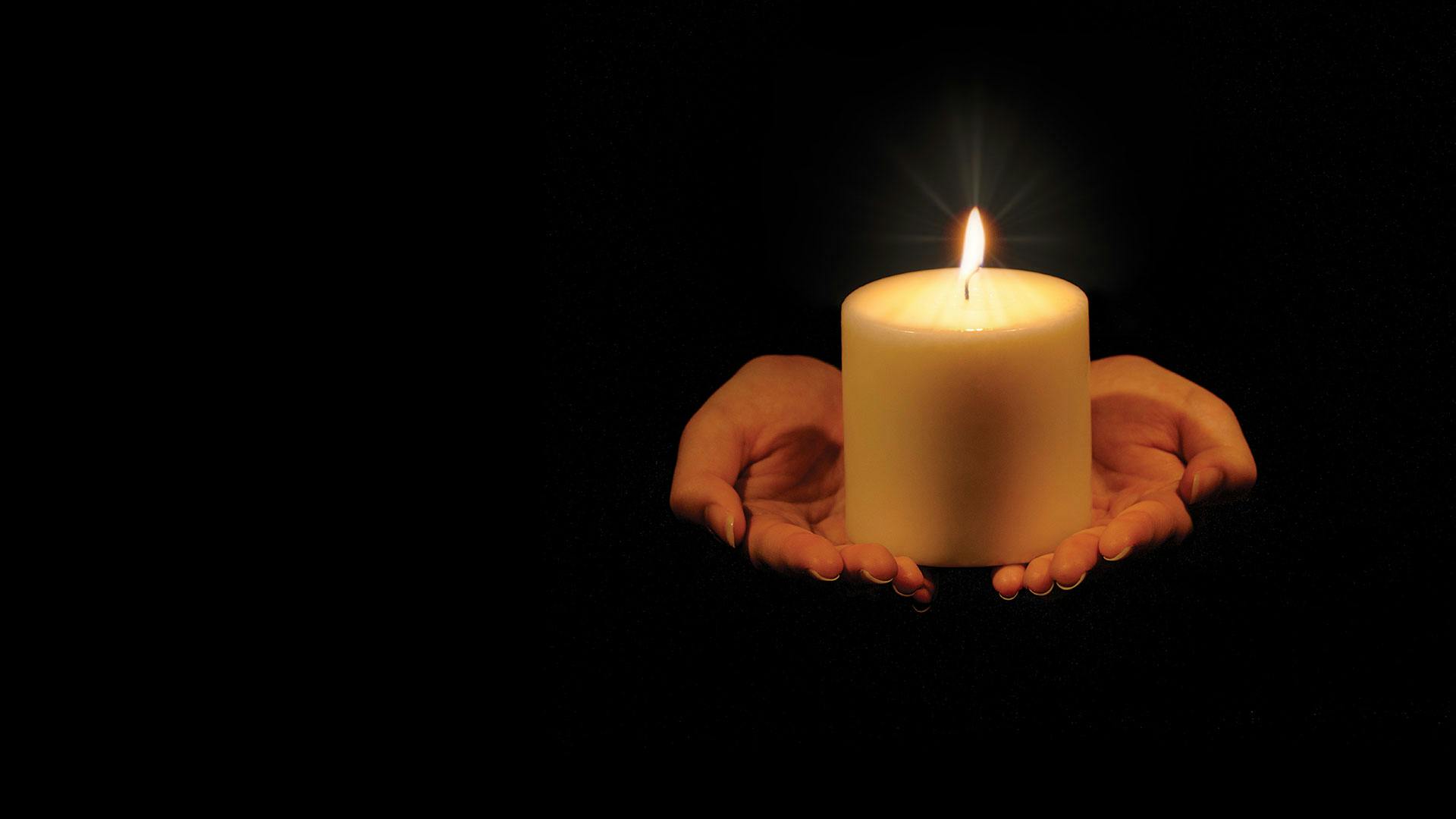One candle. Then another, and another lit on a 1969 December evening. A tradition was kindled.
America had never seen a year like 1969. Vietnam War protests grew in every city. The My Lai massacre and other horrors in the news. At Harvard, the administration building was seized by students. James Earl Ray pled guilty to assassinating Martin Luther King, Jr. The Manson family murders rocked California, as did the “Zodiac killer.” Hurricane Camille pummeled the Deep South. What began at Woodstock ended in violence at Altamont.
Likewise, UNCG had never seen an unsettled year like 1969. A cafeteria workers strike, with many students joining in. A march on the chancellor’s house. Dr. Judy Penny ’70, ’74 MA, ’89 PhD recalls students at one point “blockading” Foust Building. Dr. Cherry Callahan ’71, PhD ’87 recalls the 1969 Greensboro Uprising, after a Dudley High School student government election was reversed. National Guardsmen raided the NC A&T campus and held a strong presence at UNCG.
The country, the city, and campus felt like a powderkeg.
And then. And then, for one blessed, brisk evening, as darkness settled, for a few hours, something changed.
The cacophony of the past 11 months subsided. There was sweet silence. Facilities staff turned off much of the outdoor lighting. Some students sang carols. A bonfire was lit behind Elliott Hall. Word had spread to the Greensboro community, and College Avenue was bumper to bumper with cars, the headlights off or dimmed. And the glow of 2,000 candles illuminated the walkways.
What’s that again?
For decades, staff in University Relations (including this writer) was taught that Spartans called them “luminaires.” Some on campus call them “luminaria.” Kim Ketchum calls them now what he called them then: “luminaries.” Whatever the name, they’re consistently beautiful.
Blue & gold lanes aglow
Kim Ketchum ’70 had seen bags with candles, laid along lanes as an undergraduate at Northern Arizona University.
An upperclassman transfer to UNCG, he ran for senior class president, apparently the first male to do so – five years after the campus went co-ed. Callahan, who lived in Phillips-Hawkins, speculates he won largely because the students were in such a revolutionary mood.
Ketchum and Callahan hardly knew each other then, but their memories of that era match up. He and Cherry recall that some students and many alumni resented that men were enrolled on campus. “They did not like the change that men represented,” she says.
He lived in Phillips-Hawkins. “They were adjoining dorms, but shared the common lobby. Phillips was the men’s dorm and Hawkins was for women,” he explains.
Lots was changing, quickly. A glance at the 1969 and 1970 Pine Needles shows that. The long skirts and dressy blouses of 1960 had given way to denim, shorter skirts, and bell-bottoms by decade’s end. And most students wanted more freedom – they rebelled against in loco parentis, he says.
He needed a great senior class project. He thought of the luminaires he’d seen in the Southwest.
The luminaries were kind of a throwback to a time of innocence – when you do a project, and do it well, and step back and take pride in it. It gave us a pause amidst the chaos of the late 60s. For one night anyway, we had a night of escapism.
–Kim Ketchum ’70
Chancellor Ferguson was on board, and he provided discretionary funding for a dorm exterior decorating contest for the holidays and for the display. So was Dean Katherine Taylor and also Terry Weaver in Elliott Hall, who asked the Physical Plant staff to supply sand and a truck, Ketchum says, adding that Weaver helped find a good deal on the candles. Dining Facilities supplied the bags and soufflé cups for candle containers. He wasn’t sure how it would go.
That day, the organizers encouraged students on their way to the library or wherever to stop and fill up a few bags with sand and place a candle. The Physical Plant’s flatbed truck proved to be essential. By the end of the day, lo and behold, the bags were ready.
But now they had to be lighted. The organizers arranged for a message to be given throughout the residence halls’ intercom system, from the front desk, asking for volunteers at that very moment. And students poured out, he recalls. Some had matches, and some had their trusty Bic lighters. (Mind you, smoking cigarettes in the residence halls was allowed.)
The scene was breathtaking. “It was truly a student-body-driven movement,” he says, with many involved in some way.
“The luminaries were kind of a throwback to a time of innocence – when you do a project, and do it well, and step back and take pride in it. It gave us a pause amidst the chaos of the late 60s. For one night anyway, we had a night of escapism.”
Today, Ketchum is president of Ketchum and Company, which he founded in 1971, and serves on the board of directors of the UNC Greensboro Foundation. Callahan, a former president of the National Association of Student Personnel Administrators, retired in 2018 as UNCG’s Vice Chancellor of Student Affairs and remains strongly tied to our University. Penny, who was student government president in 1969-70, retired last year as executive director of accountability and research for Guilford County Schools. For each, their UNCG years were formative. Penny notes she’d been relatively sheltered till then. “I left college a different person. I think that’s probably a good thing.”
The reunions for the Class of 1970 and 1971 have been canceled due to the pandemic. But Ketchum believes memories of those December nights, when so many joined in to quite literally ignite a UNCG tradition, will always bring them together in spirit.
